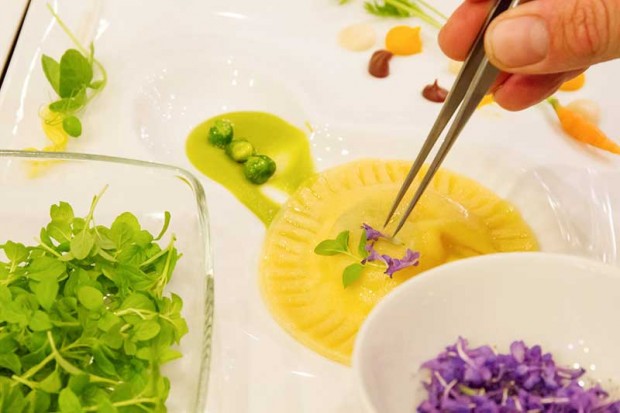We have 3 zebra grasses and all are growing nicely from the outside of the circle that each forms. The center of each plant is brown and has no new growth. We have heard that you are supposed to burn the grass but that sounds a little drastic. Is there any way we can get rid of the brown centers and yet preserve the healthy parts of the plants? C.T., Farmington Hills
You might have confused “burning grasses” with the prescribed burn method used to rejuvenate a planted prairie situation. With ornamental grasses, such as Miscanthus, feather reed grasses (Calamagrostis x acutiflora), or switch grasses (Panicum), the appropriate method is to cut them down to the ground in late winter (late March here in Michigan). This allows the gradually longer daylight hours to reach the root crown and stimulate new growth.
Your zebra grass (Miscanthus sinensis ‘Strictus’) is considered a “warm season” grass, which means it needs the warmer temperatures of May to kick into gear. The feather reed grasses are “cool season” grasses and will show new shoots as early as mid-April. This is why it is very important to cut down your winter interest grasses by the end of March to take advantage of the increasing daylight.
Because yours are showing “melting out” in the center, this is a sure sign they need to be divided. This should be done shortly after cutting them back, before active growth begins, and as soon as the soil is workable. You will need strong shovels, spading forks and possibly a pickaxe and a handsaw. Dig out the entire root ball of each grass and lay it on its side on a tarp. You may be lucky and be able to break the root ball apart with a sharp shovel. However, it often takes two spading forks placed back to back into the root ball and two people prying back on them with plenty of determination to make a dent in separating out chunks of the root zone. If you don’t mind sacrificing a hand saw to dirt and plant roots, that works very well also, especially if you are the only one working on the job.
Once you have broken the root ball, it is not difficult to separate the viable roots from the dead center into transplantable pieces. You not only have more plant material for free but have also revitalized the grass as a whole. The transplanted sections will welcome having more space to grow.

